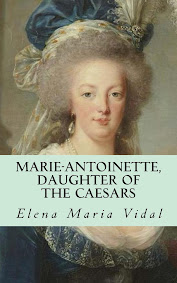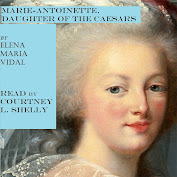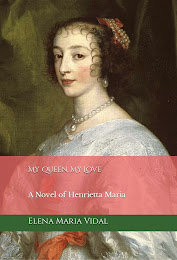skip to main |
skip to sidebar
 Madame Delors explores the origins
Madame Delors explores the origins.
Potatoes, native to the Andes in South America, were introduced in Europe in the mid-17th century. To say that they did not take the Old Continent by storm would be an understatement. When they were cultivated at all, they served as hog feed. Yet in the course of the 18th century they slowly made their way into the culinary habits of Irish peasants.
At the same time, however, the French still viewed this crop with deep suspicion. It was a racine (literally a "root," like carrots, turnips, etc.) and thus reserved for the poorest of the paupers. A person who had to eat racines was only one step away from starvation. Why? Medical and popular opinion accused plants that grew underground of causing "phlegmatic" diseases, which ran the gamut from leprosy to hemorrhoids. Accordingly regulations banned the cultivation of potatoes, even for animal consumption, in some parts of France.
Enters Antoine-Augustin Parmentier, Apothecary of the Invalides Hospital in Paris. Parmentier, as a military pharmacist, had been captured during the Seven Years War in Westphalia, where both prisoners of war and hogs were fed potatoes. Not only did he remain free of any phlegmatic disease, but he came to appreciate the flavor and nutritive qualities of the tubers.
Parmentier, once repatriated in France, tirelessly lobbies the Faculty of Medicine of Paris to change its stance on the supposed dangers of potatoes. That august body, after much deliberation, issues in 1771 an opinion admitting that "the flesh of potatoes is good and healthy, it is in no way toxic and can even be very useful."
Emboldened, Parmentier proceeds to plant potatoes on a plot near the Invalides, but all he gains is the enmity of the landladies, the nuns of a nearby convent, and a dismissal from his position of Apothecary of the Invalides. He is not easily discouraged. He invites the best scientists of the time, such as Laurent Lavoisier and Benjamin Franklin, to dinners where guests are served potatoes. This is, after all, the Enlightenment, and no assumption goes unquestioned.
Official consecration comes at last. In 1785, four years before the Revolution, Louis XVI grants Parmentier two acres at the Sablons, then west of Paris, for him to grow potatoes for human consumption on a trial basis.
In a stroke of genius, Parmentier has the field heavily guarded by soldiers during daytime, and left unattended at night. Of course the neighbors soon surmise this is a particularly valuable crop, and steal plants under the cover of darkness. The following year, Parmentier heads for Versailles to present the King with a bouquet of potato flowers. Marie-Antoinette wears these simple and lovely blossoms on her hat and fine ladies follow suit. Parmentier's allotment at the Sablons is increased to 37 acres, and potatoes are now grown in the King's gardens. in a few years, thanks to Parmentier, the potato has gone from botanical pariah to the height of fashion.
Share
 Madame Delors explores the origins.
Madame Delors explores the origins.
















2 comments:
Thank you, this is very fascinating! It is interesting to think that one of the most commonly used vegetables today was once cited unfit for human and animal consumption. I wouldn't wear a potatoe on my hat, or anything, but I'm glad that the French were able to overcome their distaste for the vegetable.
In France, a "parmentier" is the kind of dish we call potatislåda (potato locker) in Sweden:
sliced potatoes
a mixture of eggs and milk
cheese
AND
an oven
Post a Comment